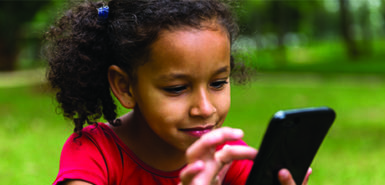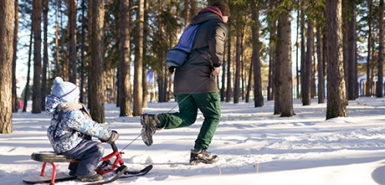
More time outdoors may reduce the odds your young child will need eyeglasses, new research from China suggests.
In a three-year study, adding 40 minutes of outdoor activities daily was associated with lower rates of nearsightedness among school-aged Chinese children. People with nearsightedness, also called myopia, have trouble seeing things at a distance.
“Although prescribing this approach with the intent of helping to prevent myopia would appear to have no risk, parents should understand that the magnitude of the effect is likely to be small and the durability is uncertain,” said Dr. Michael Repka, who wrote an editorial accompanying the study, published in JAMA.
Repka is a professor of ophthalmology and pediatrics at Johns Hopkins University School of Medicine in Baltimore.
Nearsightedness among children has increased dramatically in recent years in some urban areas of East and Southeast Asia. It is also on the rise in other parts of the world, including Europe and the Middle East, the researchers said.
Previous studies have suggested that more time outdoors could help reverse this trend. To investigate this further, researchers focused on first-graders at 12 schools in China. The children were almost 7 years old, on average.
About 950 kids from six schools were assigned one additional 40-minute class with outdoor activities each day. Their parents were also encouraged to help them spend more time outside after school and on the weekends. Roughly the same number of students from the other schools did not have the extra outdoor class and didn’t change their usual daily routine at home.
After three years, incidence of nearsightedness was 30.4 percent among the kids who spent more time outside, compared to nearly 40 percent among the kids who didn’t change their routine, according to the study.
This difference was less than anticipated, said the study’s authors, led by Dr. Mingguang He of Sun Yat-sen University in Guangzhou. “However, it is clinically important because small children who develop myopia early are most likely to progress to high myopia, which increases the risk of pathological myopia,” the researchers said in a journal news release.
“Thus, a delay in the onset of myopia in young children, who tend to have a higher rate of progression, could provide disproportionate long-term eye health benefits,” the researchers explained. In high myopia, the eyeball stretches and becomes too long, according to the U.S. National Institutes of Health. Pathological myopia, or extreme nearsightedness, is a rare condition leading to blindness.
The Chinese researchers said more long-term studies are needed to support their findings.
Future studies should include information about the type of the additional outdoor activity and if the activity could be standardized, Repka said in the editorial.
“Establishing the long-term effect of additional outdoor activities on the development and progression of myopia is particularly important because the intervention is essentially free and may have other health benefits,” he said.
“Given the popular appeal of increased outdoor activities to improve the health of school-aged children in general,” Repka added, “the potential benefit of slowing myopia development and progression by those same activities is difficult to ignore.”
 /a>
/a>
 /a>
/a>
 /a>
/a>